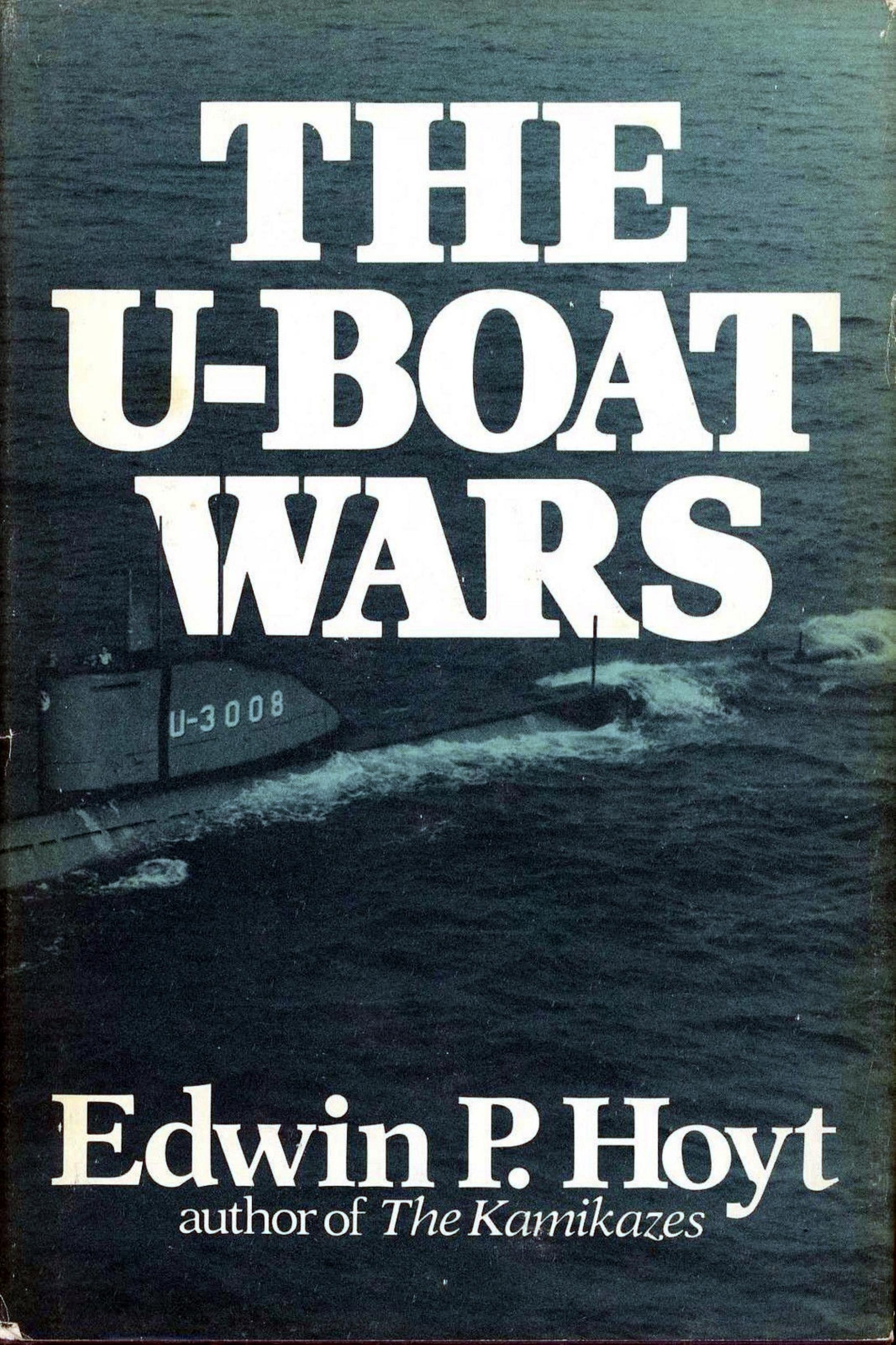The U-boat Wars by Edwin P. Hoyt

Author:Edwin P. Hoyt
Language: eng
Format: epub, pdf
Publisher: Rowman & Littlefield
Published: 1984-08-26T04:00:00+00:00
17
Enter America
The month of July was more heartening for Britain. With the establishment of the Canadian escort system in the spring, the British also changed their convoy routings, and it would be a while before the Germans caught up.
In July two dozen U-boats operated in the Atlantic plus half a dozen Italians. The Germans plugged the U-boat war unmercifully in their propaganda, but the fact was that the Axis powers together sank only twenty-four ships in July. Seven of these sinkings were ships of Convoy OG 69, bound from the United Kingdom to Gibraltar. The German propaganda machine claimed twenty-four ships, a destroyer and a corvette from this convoy, but the claim was two-thirds fabrication. The truth was that the Italians were doing better than the Germans: with six boats out they sank seven ships; with twenty-four boats out, the Germans sank seventeen.
Since December, 1940, the war in the Mediterranean had been growing hotter. The Stuka and Heinkel bombers caused an enormous amount of destruction and threatened Britain’s lifelines to Gibraltar, Malta, and North Africa, where the desert war surged back and forth. Crete fell to the Germans. Greece was overwhelmed. Rommel moved into Africa and began to drive on Egypt. The Germans took control of the air. In midsummer the key to the desperate struggle in the Mediterranean was supply, which meant ships. The German assault on Convoy OG 69 in July was carried out by a combination of Focke-Wulff aircraft and U-boats. That it did not succeed was due to the increased number of British escorts. End to end antisubmarine escort had been adopted, another indication of Britain’s growing ability to meet the U-boat threat.
A key to this ability was the growth of Coastal Command. In July, Coastal Command aircraft flew 2,100 hours on antisubmarine patrol and 4,300 hours on convoy duty. Coastal Command was a hodgepodge of aircraft: Wellington bombers, Hudsons, Beauforts, Whitleys, Catalinas, Sunderlands, and Ansons. Not all of them, particularly the Anson, were effective. But they flew, they sighted submarines, and when they did not attack successfully, at least they forced them down. Aircraft were also responsible for the sinking of two of the three U-boats destroyed in August.
* * *
The summer air attack on shipping was the major problem in the Mediterranean; the U-boat continued to be the principal menace, particularly on the Atlantic lifeline.
By the end of August, 1941, Churchill and his Battle of the Atlantic Committee had become cautiously optimistic. Their efforts seemed to be paying off in more satisfactory convoy performance.
An assessment of shipping losses since the beginning of the war showed that 1,847 ships had been lost from all causes. That meant 7,459,000 tons of shipping or a third of Britain’s prewar tonnage had been sacrificed. Of these ships lost, 818, or 4,034,000 tons, had been lost to U-boats; and 433, or 1,369,000 tons, to aircraft attack. The U-boats were responsible for 54 percent of the sinkings.
There was one nagging figure: between June and the end of August the U-boats
Download
This site does not store any files on its server. We only index and link to content provided by other sites. Please contact the content providers to delete copyright contents if any and email us, we'll remove relevant links or contents immediately.
| Africa | Americas |
| Arctic & Antarctica | Asia |
| Australia & Oceania | Europe |
| Middle East | Russia |
| United States | World |
| Ancient Civilizations | Military |
| Historical Study & Educational Resources |
The Radium Girls by Kate Moore(11590)
100 Deadly Skills by Clint Emerson(4671)
The Templars by Dan Jones(4549)
Rise and Kill First by Ronen Bergman(4537)
The Doomsday Machine by Daniel Ellsberg(4234)
The Rape of Nanking by Iris Chang(4004)
Killing England by Bill O'Reilly(3891)
Hitler in Los Angeles by Steven J. Ross(3789)
Stalin by Stephen Kotkin(3711)
12 Strong by Doug Stanton(3408)
Hitler's Monsters by Eric Kurlander(3145)
Blood and Sand by Alex Von Tunzelmann(3042)
Darkest Hour by Anthony McCarten(3009)
The Code Book by Simon Singh(2840)
The Art of War Visualized by Jessica Hagy(2824)
Hitler's Flying Saucers: A Guide to German Flying Discs of the Second World War by Stevens Henry(2617)
Babylon's Ark by Lawrence Anthony(2421)
The Second World Wars by Victor Davis Hanson(2416)
Tobruk by Peter Fitzsimons(2368)
